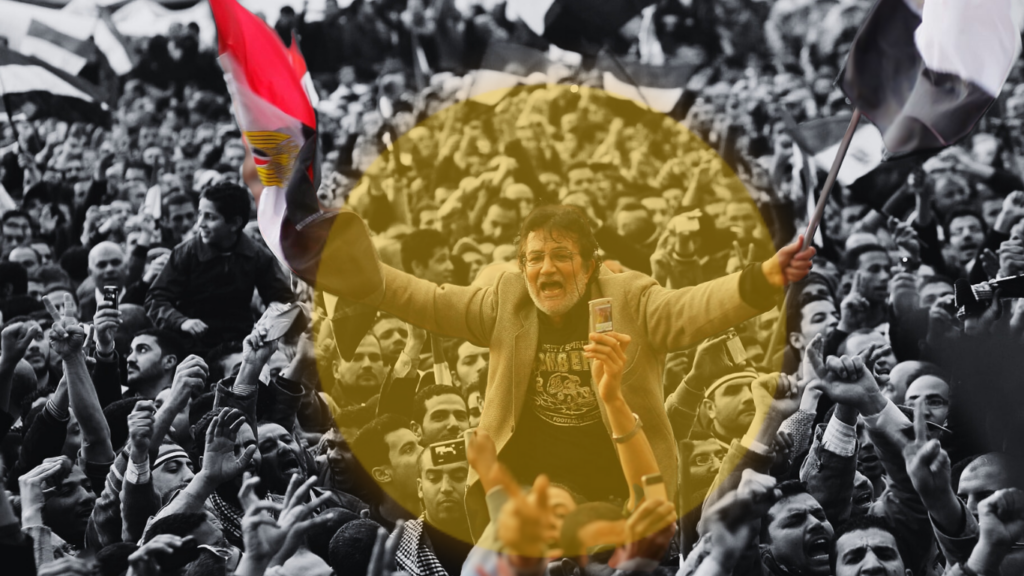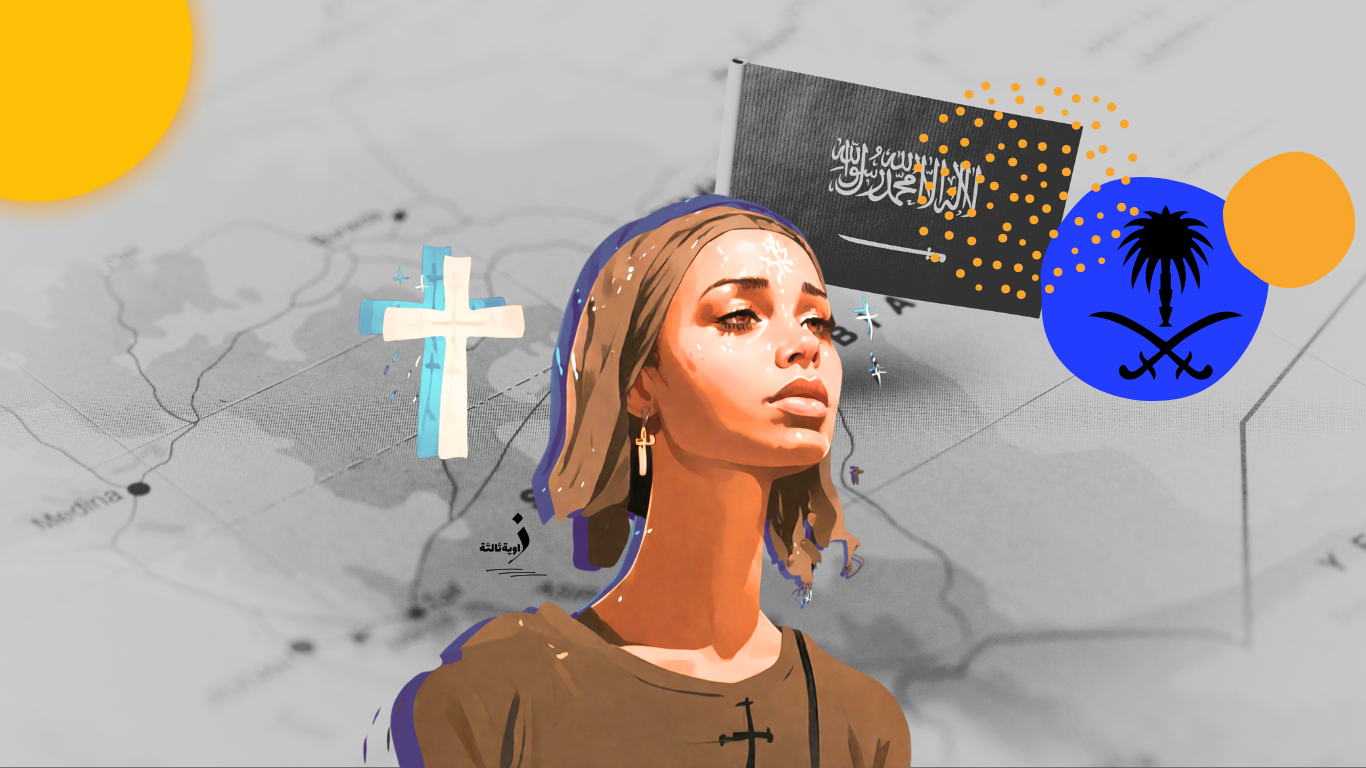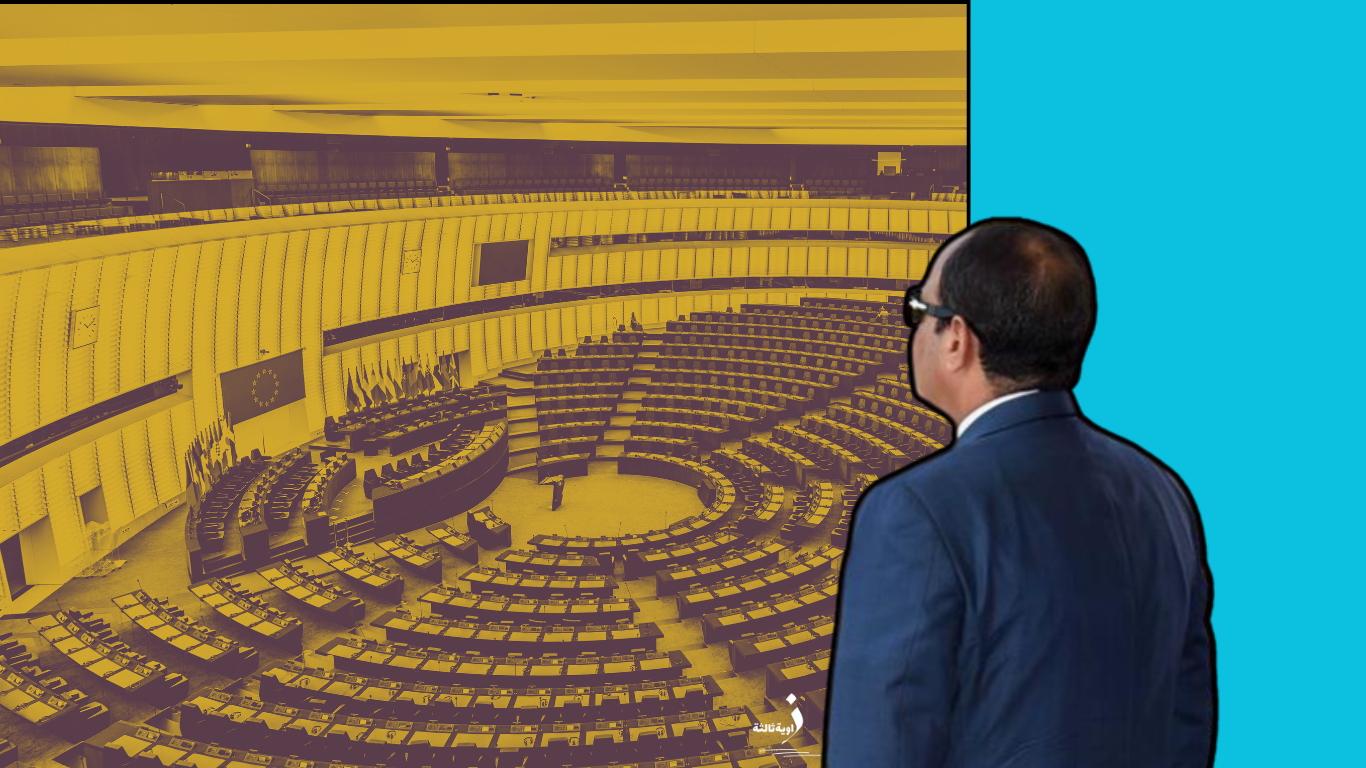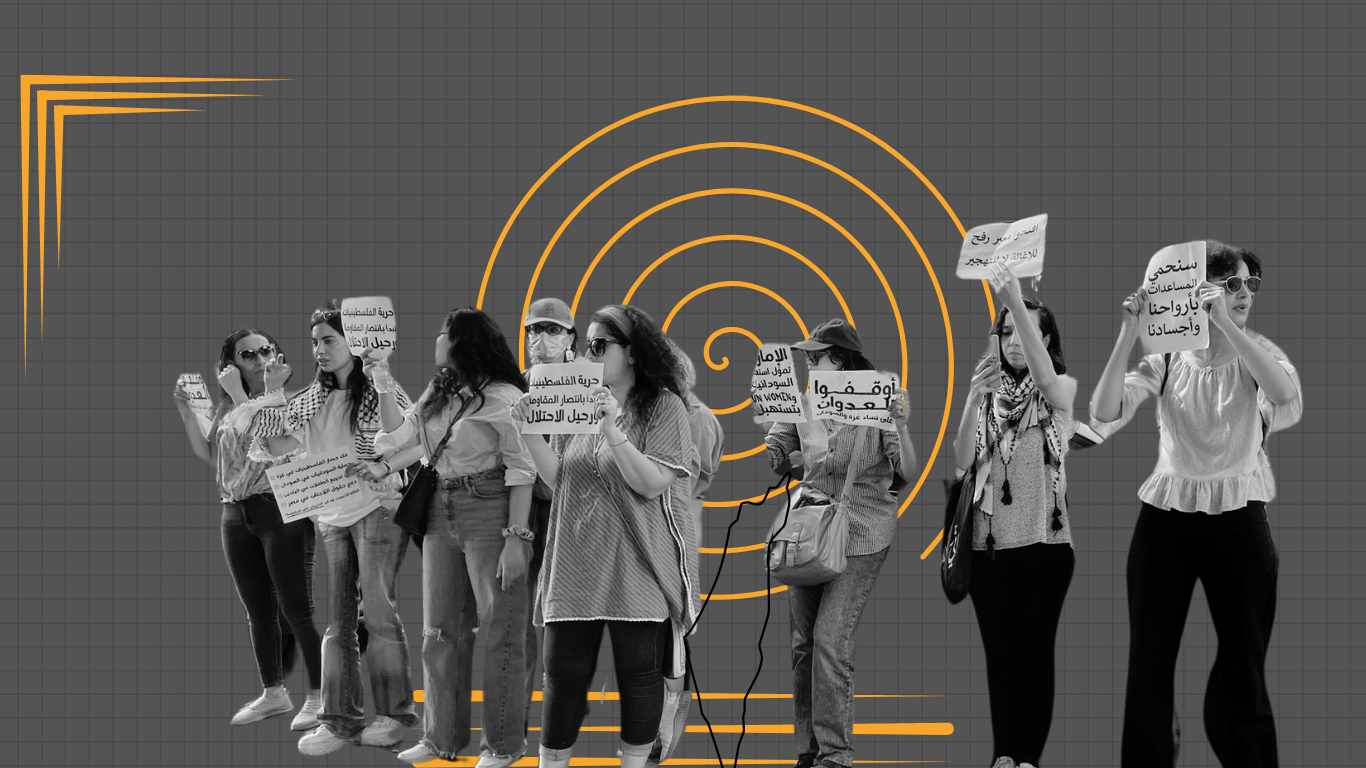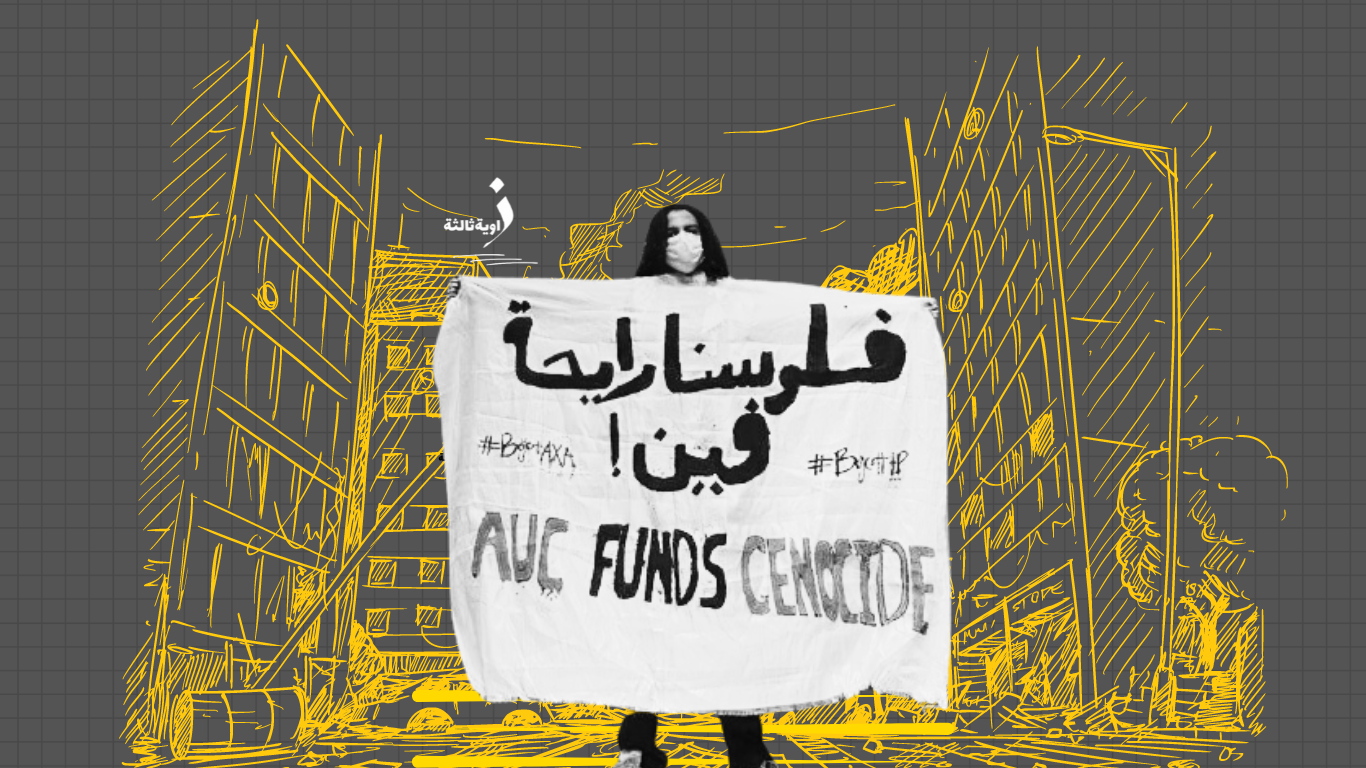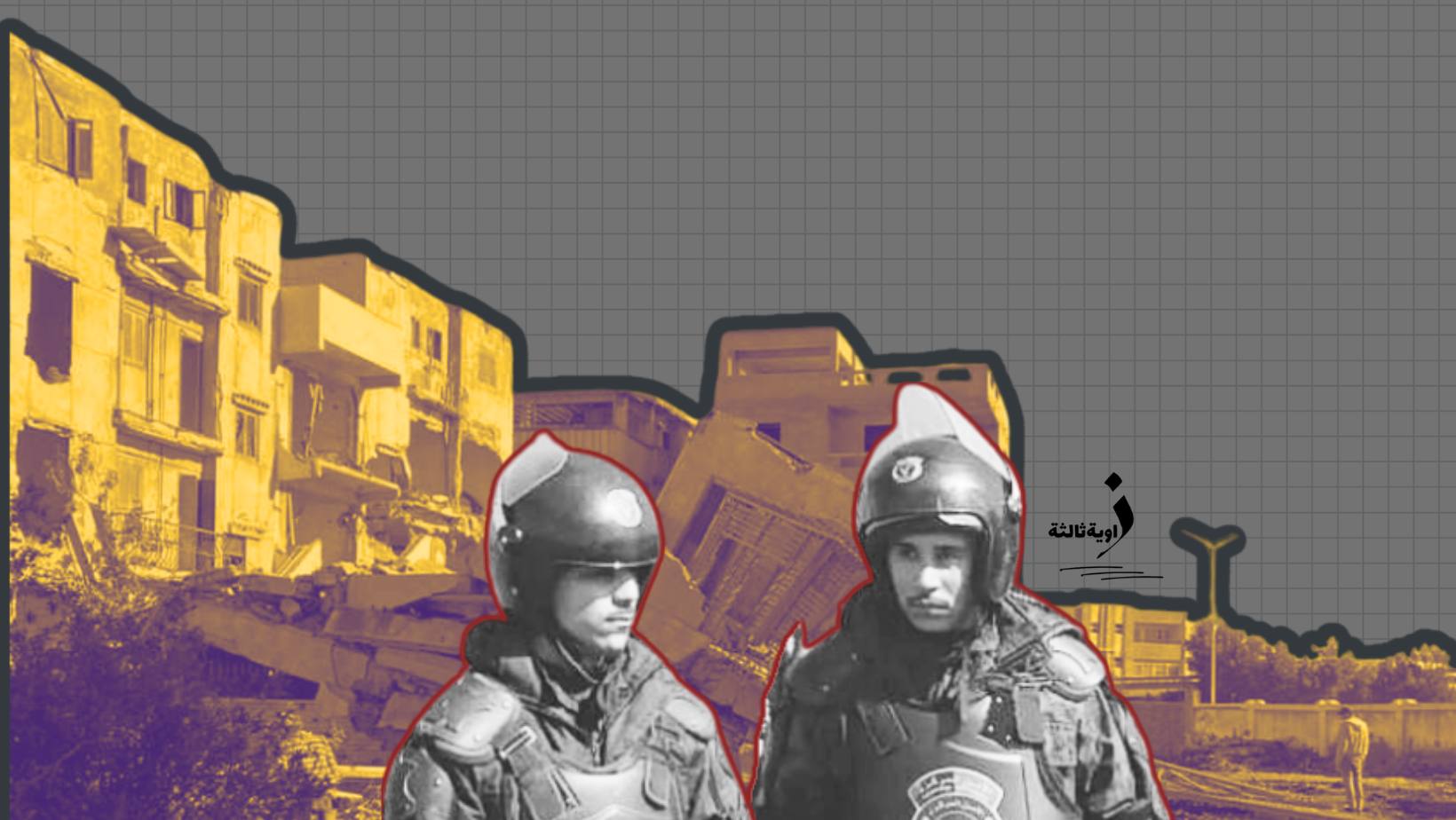The prevailing opinion among many Egyptians regarding the January 25, 2011 revolution, which toppled the rule of the late President Hosni Mubarak after 30 years, is that it is the main and direct cause of the current state of the country. This opinion solidifies more and more among the public as the economic crisis intensifies, and life becomes increasingly difficult and harsh. This belief, which some elevate to the level of unquestionable religious truth, has contributed to the downfall of other Arab uprisings, especially in Yemen, Libya, and Syria. If we add the situations in Iraq and Sudan, and the growing challenges facing Egypt day after day, defending the Arab people’s uprising for freedom and human dignity seems like madness.
Let’s indulge in some madness, hoping to find wisdom in it, or perhaps in one of its fits, see scenes that were missed in the midst of successive events, shedding light on a path to the future. Maybe we’ll witness other scenes that help us understand what happened and why we ended up in the current situation. Perhaps, in our madness, we can shout in the face of those who led us to this point, saying: Enough; hoping that the shout, at the right time, will awaken the unaware to the necessity of correcting the course before it’s too late.
The events unfolded rapidly after Mubarak stepped down, with all the power games being played to preserve the essence of the regime, commonly referred to as the “deep state.” This term, thrown around by both the private and public sectors, is often used without a full understanding of its emptiness and lack of meaning, similar to other terms like “remnants” and “political Islam.” We fell prey to slogans like “elections first or constitution first,” while the youth of the revolution were isolated and through coalitions that formed and disbanded, magnifying the sense of victory for these young bourgeois who wanted to falsify the revolution. Falsifying consciousness remains the main mechanism ensuring the authorities’ survival, recognizing the importance of awareness to win the battle.
Lack of Cognitive Perspective
Much has been written about the Egyptian revolution and other uprisings within what was called the “Arab Spring,” drawing parallels with the revolutions that erupted against Soviet oppression in Eastern and Central European countries in the last five decades of the past century. However, few paid attention to the suggestion that the “Arab Spring” is nothing but an “Islamic winter,” carrying connotations that outline the counter-revolution’s intentions to push aside the original revolution by wearing its robes. Until the moment of attacking it with defamation, mockery, and stabbing, paving the way for the reestablishment of fear-based republics that no longer frighten anyone.
Labeling what happened on January 25, 2011, and the events that followed until Mubarak’s resignation, as well as the subsequent management of the country by the Supreme Council of the Armed Forces, as a “revolution” is a confirmation of the continuity of the regime. It indicates that the change only affected the head of power and did not bring about fundamental changes to the rules of the game that were carefully crafted during Mubarak’s 30-year rule. Some foreign observers had referred to Egypt over the last two years of Mubarak’s rule as entering a new phase labeled “Mubarakism without Mubarak.” This expression indicates a new reading of the transformations introduced by Mubarak in his governing style, dealing with some of the foundations and rules he relied on during Sadat’s rule in the power struggle.
Many of the facts related to power shifts in Egypt were absent from the youth who took the initiative on January 25, 2011, through protests they chose to coincide with the Egyptian police’s celebration of their national day. This occasion served as a reminder of the nature of the transformations in the relationship between the police and the people, surpassing acceptable limits in mistreating citizens. This was due to the role chosen by the ruling elite for the civilian body responsible for maintaining public order and providing security to citizens.
Those who contemplate the slogans raised by the protesters on January 25, 26, and 27, and the methods they followed, and compare them to what happened after the “Friday of Anger” on January 28, find many gaps filled with unanswered questions. If answers were available at that time, events might have taken a different course, and the revolutionaries could have written success in reshaping Egypt’s future.
There are necessary conditions for describing any event of this magnitude as a “revolution.” One of these conditions is the presence of a “revolutionary vanguard” or a “revolutionary party.” Did Egypt have such a vanguard and party at that time? This is a question we must answer with transparency and honesty to avoid deceiving ourselves.
The second condition relates to the social base or social forces supporting this vanguard that adopts the project of the revolution. Can we identify the social forces nurturing the revolution and seeking change? Answering this question may be as elusive as the previous one, partly due to our lack of scrutiny of the terminology used in our political language.
The third condition, which was absent from the January 25 uprising, is inseparable from the previous two conditions. It is the possession of a new vision for the world and for Egypt – the other Egypt envisioned by the revolutionary vanguard. This vision should respond to the aspirations of social forces seeking radical change. It reflects the cognitive horizon of the revolutionary vanguard, supposed to lead the masses on the path of radical change after the reform project proposed by the ruling elite reached a dead end.
Other conditions give this revolution its character, which we won’t delve into in this article.
The Prolonged Counter-Revolution
Understanding what happened on January 25, 2011, and its repercussions cannot be separated from understanding what happened in modern Egyptian history and re-reading it with conscious reflection. This is not for the purpose of drowning in the past or seeking to revive a bygone world, but to comprehend the overall trajectory and where the current contradictions will lead us in the near future. It is essential to explore how various social forces can play a role in shaping this trajectory.
The starting point in this understanding is answering the question: Why did the project of change in Egypt fail, and the counter-revolutionary project triumphed and solidified its position? How did the pillars of the regime benefit from the contradictions planted in previous decades and masterfully utilized?
Understanding this requires analyzing the nature of the dominant primary contradiction governing social and political conflicts in Egypt, distinguishing it from what was previously considered primary contradictions. It is evident that these were and still are secondary contradictions that can resurface to the forefront if the primary contradictions intensify to a level threatening the pillars and power base of the system.
The secondary contradiction depicted here, when needed to be considered a primary contradiction, is the supposed contradiction between the established regime since 1952 and the political Islamic project represented by the Muslim Brotherhood, officially banned. The Brotherhood is considered the origin and main project from which other currents of political Islam, whether Salafi or modernist, emerged.
A critical examination of the ideology of the ruling regime and its policies is sufficient to dispel the illusion favored by the petite bourgeoisie in urban areas, due to its social precariousness and conservative values. The continuation of this illusion makes this social class oscillate between the military and the Brotherhood, unable to crystallize a third stream to break this duality.
This social class remains the main nurturer and guarantor of the stability of the regime in its military and conservative aspects, despite its suffering under the harsh measures imposed by the regime to ensure its survival, lacking any elements of legitimacy that underpin its rule. The regime compensates for its crippled and ineffective power by excessive repression policies, torture of dissenters, and perpetuating the nationalization of political activity by suppressing any serious attempt to build political organizations. It also utilizes religious discourse and hastens to resolve any contradictions that may arise with the religious institution and clergy while manipulating and exploiting these contradictions.
It is regrettable that politics is the only thing that has been nationalized in Egypt within what has been nationalized. It has not returned to its rightful owners within the context of reform policies that restored many nationalized properties and privatized public projects, forming the economic backbone of the regime. A prominent European research institution highlighted this fact in a report on Egypt following the Iraq War in 2003, pointing out the absence of a political life with elements of sustainability that can be relied upon in this corner of the world. This deceptive scene, employed in managing the transitional phase and subsequent series of coups starting with the coup declared by Sheikh Yusuf al-Qaradawi in his speech in Tahrir Square on February 18, 2011, the Friday following Mubarak’s resignation, has been solidified through constitutional amendments in March 2011, constitutional declarations, and managing power struggles through elections. It remains a pillar of the regime and will persist after its reconfiguration and rearrangement following the 2013 coup, the culmination of a series of coups through supplementary constitutional declarations, all of which express the nature of the crisis resulting from evading the delayed constitutional obligations. This delay will continue with the continued rule of the counter-revolutionary regime.
New Concepts for Revolution and the Horizon of the Future
A revolution within the revolution has occurred, introducing new concepts to the studies conducted on revolutions worldwide. This includes civil-democratic revolutions, ideological and doctrinal revolutions, and colored revolutions. Moreover, new concepts have emerged regarding revolutionary mechanisms, such as the notion of leaderless mass revolutions, indicating transformative movements that ousted the pillars of the new regime. Power was then assumed by leaders who had no role in the revolution but possessed a vision for achieving the desired transition in the future. These concepts need further research and development to understand the deviation in the trajectory of Arab uprisings, leading to prolonged crises hindering political and social stability, as witnessed in Libya, Yemen, and later in Sudan, or guiding armed opposition to an impasse, as seen in Syria.
Explaining the fate of these change projects requires a broader analytical framework, considering the nature of local and regional alliances formed by dominant forces seeking to maintain the existing status quo. The region is not an exception to this; similar regional alliances emerged against the French Revolution in 1789-1799, the first Russian Revolution in 1905, and the second in 1917. This happened in our region before during the Iranian Revolution in 1979. External interventions, especially armed interventions evolving into wars in some cases, led to internal divisions resulting in chaos while preserving formal power structures.
This regional alliance reinforced counter-revolutionary forces domestically, claiming to confront the political Islamic project perceived by some in this regional alliance as the greatest threat to the stability of societies and countries. This alliance promoted modernization projects undertaken by ruling elites in those countries.
Notably, the old elites in conservative countries were the pillar and support for political Islam movements and Salafist movements that rejected modernization projects, aspiring to revive the Islamic Caliphate. Islamic political groups, especially Salafists, played a role in supporting these conservative regimes, presenting them as models of governance adopting Islamic law. The presence of these forces in the alliance supporting counter-revolutionary forces in societies experiencing a situation ripe for conflicting radical change with these systems, and their insistence on the primary contradiction with political Islamic movements, places reform projects in a dilemma. This situation contributes to thwarting any project for change, whether through reform or revolution as an organized political act to bring about radical change.
The increasing economic decline and escalating social contradictions in Arab societies reflect factors of disintegration and chaos, which may result in a violent social explosion. This is evident amidst the persistence in economic policies that increase poverty and hunger in societies while wealth accumulates in the hands of a small minority.
Seeking a way out of this dire situation involves reconsidering existing power arrangements in their broad sense and focusing on the actual primary contradiction. Necessary measures should be taken to mitigate the possibilities of an explosion whose direction remains uncertain.
Opinion articles do not necessarily reflect the views of “Zawia3.”

